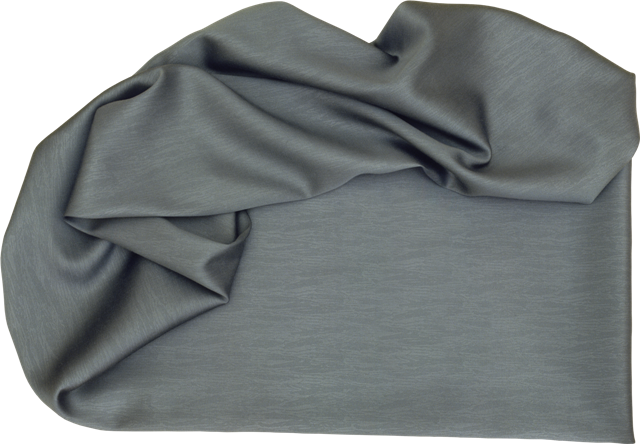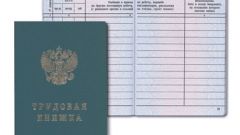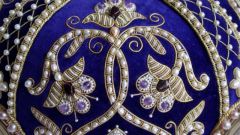You will need
- - cut the working fabric;
- - instructions for pattern products.
Instruction
1
The easiest way to find the thread the basics of the canvas – choose long cut with easypayday weaving edge to the left and right. Feel the end of the matter - they must be especially dense. It is through the edge of always is the main thread.
2
Try to stretch the canvas in different directions. In the direction of the grain lines of the cut will be pulled with difficulty; the transverse thread will be more tensile. This is due to the production of matter: initially, the machine is stretched very long, thread – tough, twisted, able to withstand greater stretch. The space between them is filled with threads shorter – they are soft, fluffy and flexible.
3
During rapid stretching of matter will emit quiet sounds: the more sonorous (stretched equity thread) or deaf (her make weft yarn). To determine the fabric in sound possible using individual components. Pull out scraps of the working fabric of threads, between which is a right angle. Play them like the strings of the guitar, several times, sharply tug on the ends.
4
Consider the fabric on the light. You will see that some threads of the fabric lie at an equal distance to one another; they stretched almost exactly in a straight line. This is textile based. But the transverse threads are lying from each other at different distances, plus they will be slightly curved.
5
Do not neglect the advice of experienced tailors the pattern of your chosen clothes. It is impossible to arrange the details of the cut of the fabric in random order! Usually part of the product is required to be laid so that the vertical shelves (backs, sleeves, belt, podborta, etc.), always lay parallel to the weaving edge. In this case, it will become silhouette and stretched after the first washing.
6
Tailoring practice shows that the oblique line of the canvas gives the greatest tension of the thread – this is the property of fabric is used in some patterns. For example, when cutting items on the bias line to the skirt or bodice with soft pleats falling down. In any case, first you need to determine the root thread. Then you can put part of the product strictly at an angle of 45 degrees relative to the edge.
Useful advice
To determine a thread-based tissue seamstresses sometimes helps the fleece – fibers generally lie along a longitudinal line.




